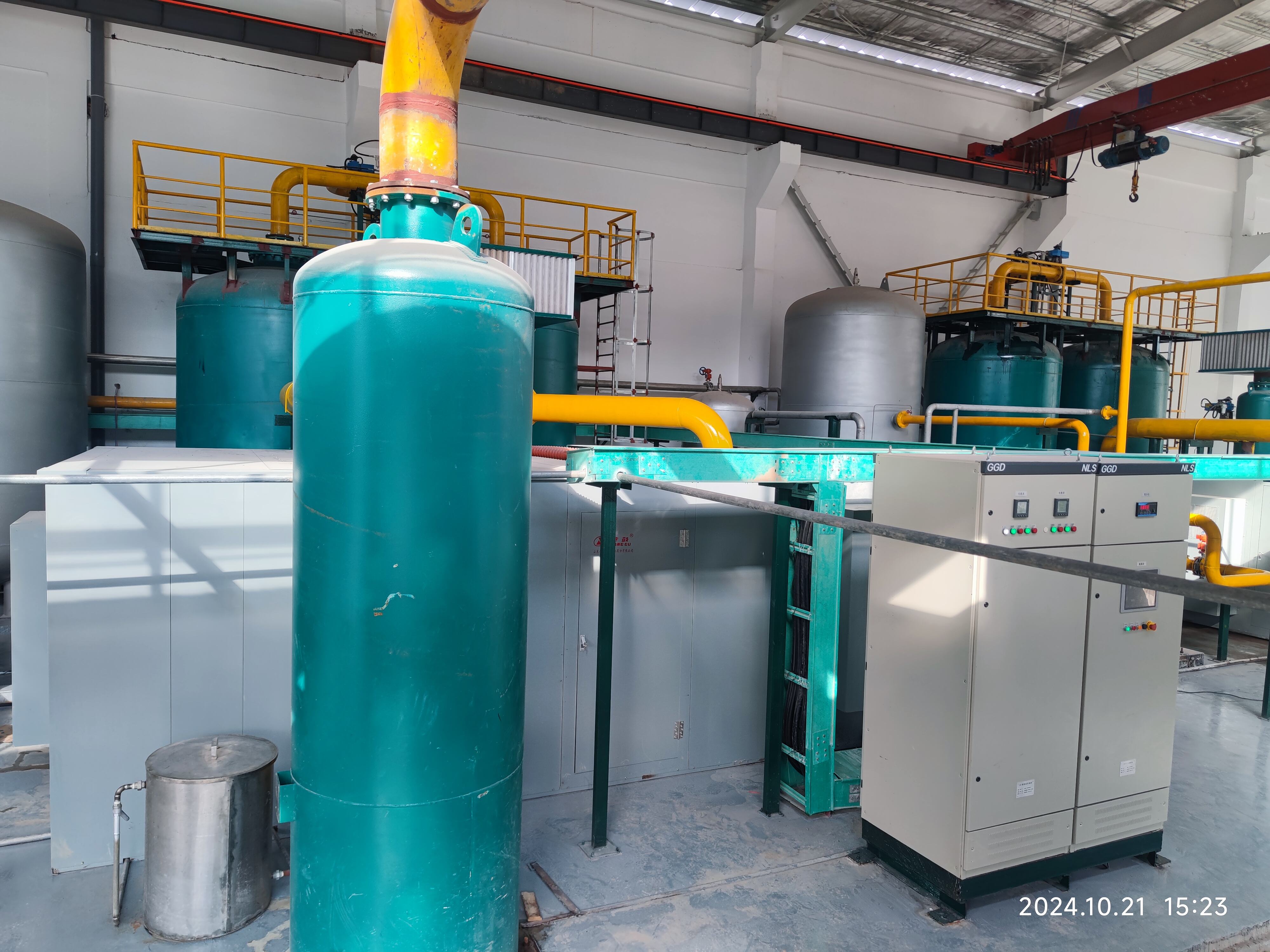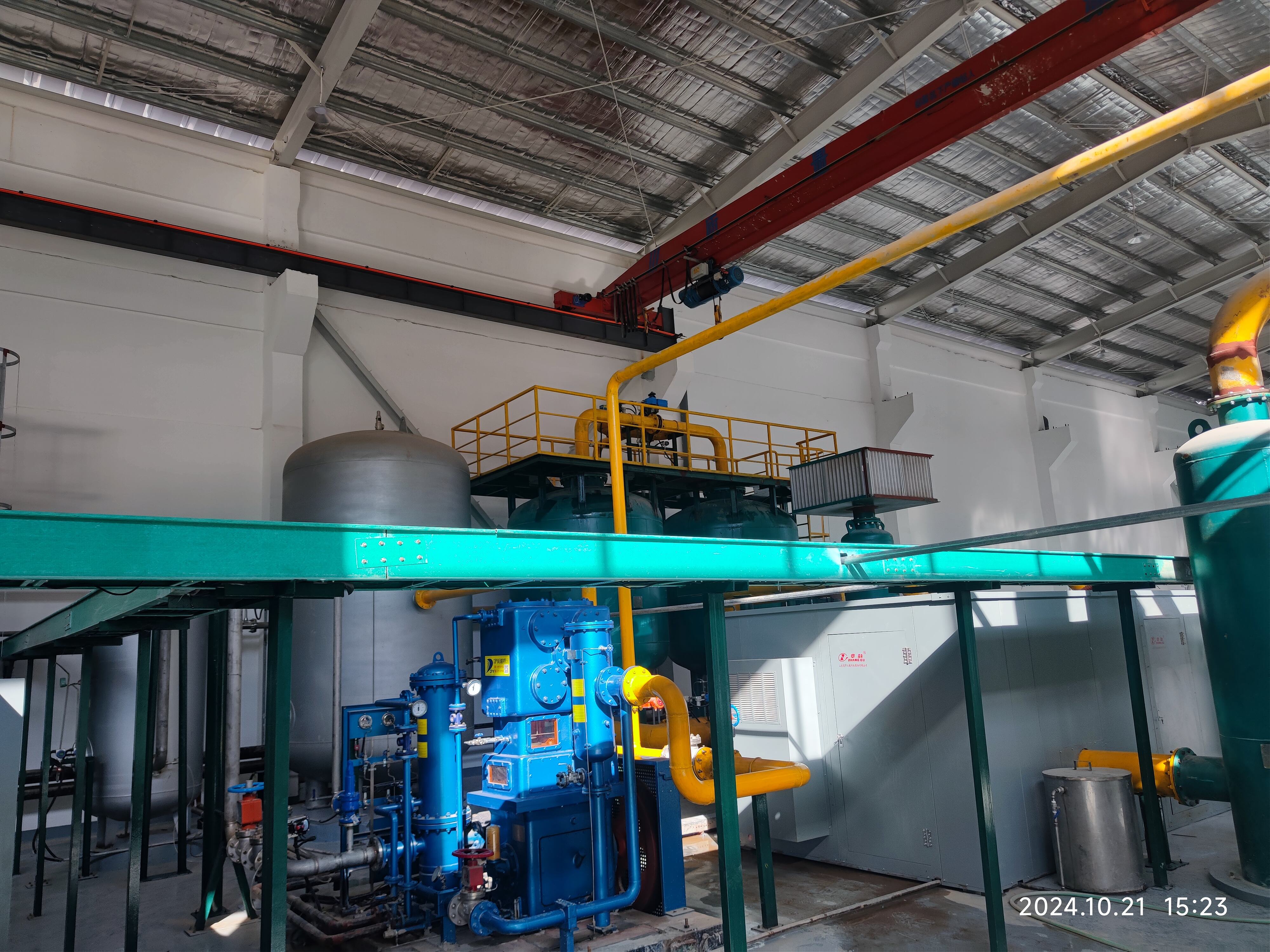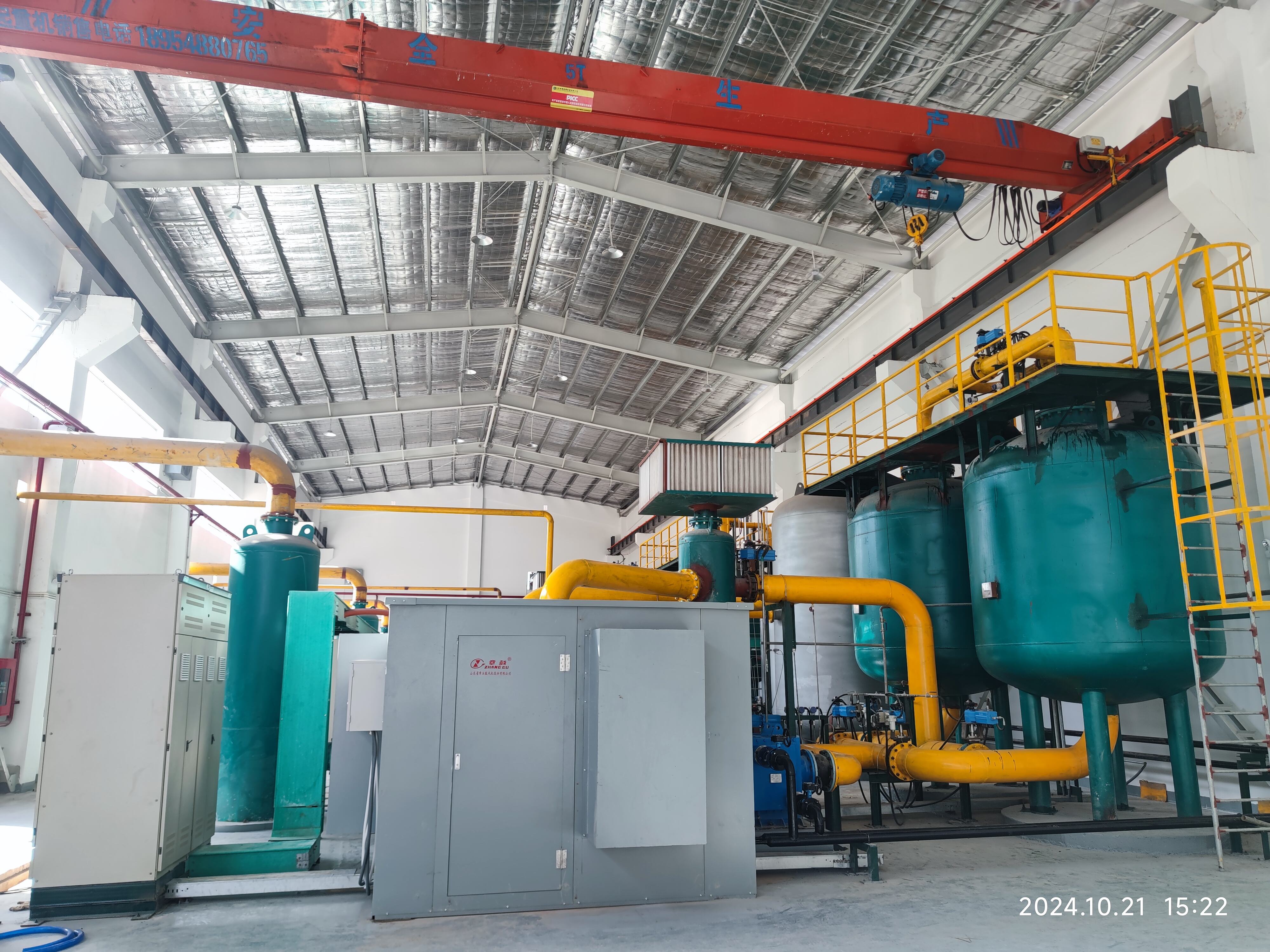বৈদ্যুতিক পরিচালিত সংশ্লেষণ বনাম পিএসএ প্রযুক্তি
VPSA (Vacuum Pressure Swing Adsorption) এবং PSA (Pressure Swing Adsorption) প্রযুক্তি গ্যাস বিযোজন এবং শোধন প্রক্রিয়ার মধ্যে দুটি গুরুত্বপূর্ণ পদ্ধতি প্রতিনিধিত্ব করে। যদিও PSA প্রযুক্তি ঐতিহ্যবাহী পদ্ধতি হিসেবে জানা যায়, VPSA উন্নত একটি উন্নয়ন হিসেবে আবির্ভূত হয়েছে যা বেশি কার্যকারিতা এবং পারফরম্যান্স প্রদান করে। PSA পরিবেশগত স্তরে চাপের পরিবর্তন ব্যবহার করে গ্যাসের মিশ্রণ বিযোজন করে, সাধারণত 2 থেকে 4 বার চাপে কাজ করে। অপরদিকে, VPSA একটি ভ্যাকুয়াম ফেーズ অন্তর্ভুক্ত করে, যা সাব-আটমোস্ফেরিক চাপে কাজ করে, সাধারণত 0.3 থেকে 0.5 বার এক্সট্রিম চাপে। এই মৌলিক পার্থক্য ব্যবহার করে VPSA সিস্টেম উচ্চতর পুনরুদ্ধার হার এবং কম বিদ্যুৎ খরচ অর্জন করতে সক্ষম হয়। এই প্রযুক্তি বিশেষজ্ঞ বস্তুগুলি ব্যবহার করে যা চাপের পরিবর্তনের সময় নির্দিষ্ট গ্যাস অণু ধারণ করে। চালু থাকার সময়, VPSA সিস্টেম একটি বহু-ধাপের চক্র ব্যবহার করে যা চাপ বৃদ্ধি, অবস্থান, চাপ হ্রাস এবং ভ্যাকুয়াম পুনরুদ্ধার ধাপ অন্তর্ভুক্ত করে। এই প্রক্রিয়া গ্যাসের বিযোজন করতে সক্ষম হয়, যেমন বায়ু থেকে অক্সিজেন, যার পুনরুদ্ধার হার সাধারণত 90 শতাংশ বা তারও বেশি হয়। এই প্রযুক্তি শিল্পীয় গ্যাস উৎপাদন, চিকিৎসা সুবিধা, ড্রেন জল প্রক্রিয়াকরণ প্ল্যান্ট এবং উচ্চ শোধিত গ্যাসের প্রয়োজনীয়তা থাকা বিভিন্ন উৎপাদন প্রক্রিয়াতে ব্যাপকভাবে ব্যবহৃত হয়।


